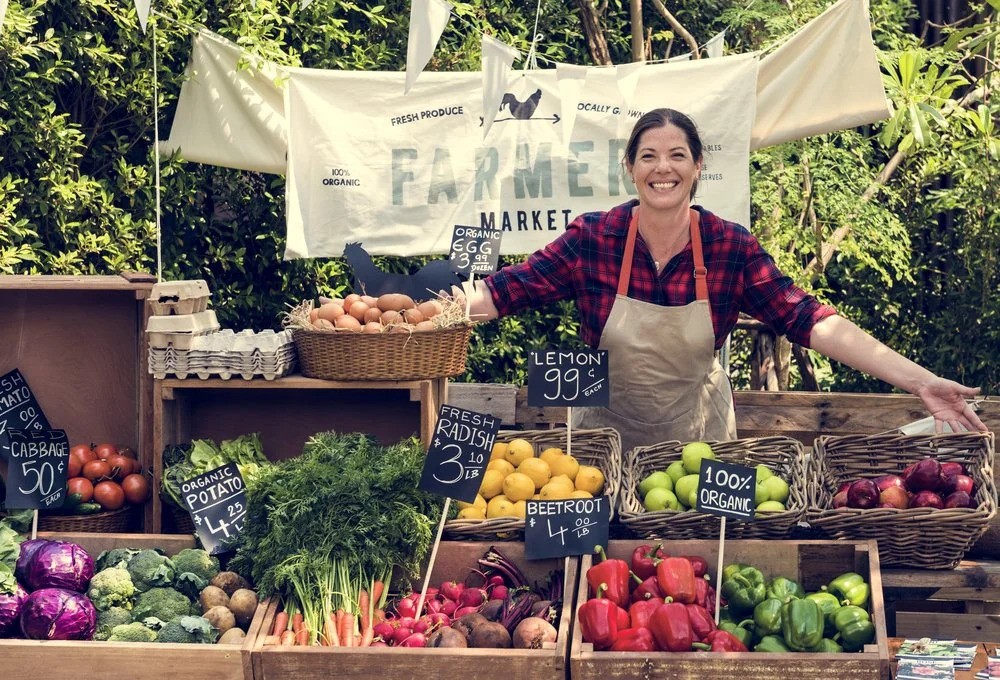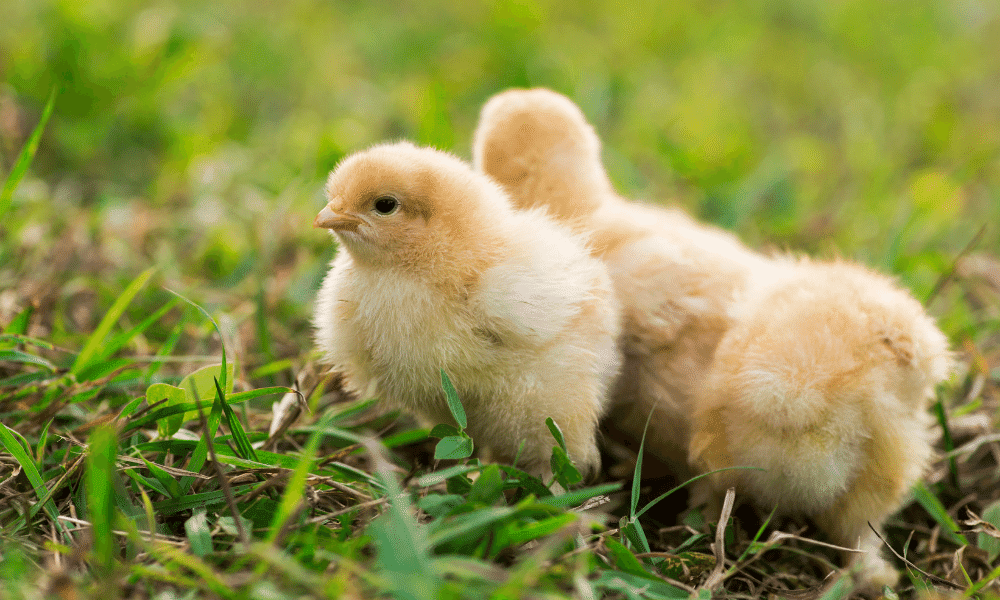Blue Silkie Chicken: Breed Overview
Our guest writer, Dominique from Hatch House, is an esteemed expert in Silkie breeding with over six years of hands-on experience. With a passion for nurturing vibrant silkies, Dominique has honed her skills and insights, eager to share valuable tips and knowledge with fellow enthusiasts. In this article, Dominique offers invaluable guidance for those embarking on their journey into the world of silkie chickens, providing practical advice to make the breeding process smoother and more successful.
Blue Silkie Breed Overview
If you're looking to breed a diverse and vibrant flock of silkies, blue silkie chickens are essential. Whether you're a first-time silkie owner or already have a silkie flock that you want to expand, there are a few key factors to consider. Having bred silkies for over six years, I've gained valuable knowledge from my own experiences.
In this article, my goal is to share insights and tips that can help make the process easier and more successful for fellow silkie enthusiasts who may be seeking guidance. So, let's start by exploring the benefits of including blue silkies in your future or existing backyard flock of silkie chickens.
Why should you include blue silkies in your backyard flock of silkie chickens?
There are many reasons why I believe blue silkie chickens can hold great value to your hopes and dreams of having a robustly fluffed brood of silkies making you smile all day, but here are a few that I have come to find most interesting…
Breeding Blue Silkies can create three distinct APA-qualifying colors
If you breed your blue silkie hen with your blue silkie rooster, your silkie hatch will produce roughly 50% blue silkie chicks, 25% splash silkie chicks, and 25% black silkie chicks. Pretty incredible right?! This is something that is also relevant when breeding other color combinations. But for now, I’ll focus on this specific color split.
Blue Silkies are recognized by the American Poultry Association
If you are planning to show your silkie chickens, the APA (American Poultry Association) recognizes black, blue, splash, lavender, grey, white, buff, and Partridge. Should you choose to work towards this goal, your blue silkie would generally make a great choice to qualify for any shows related to APA. That being said, do some research on the qualifications of SOP (standard of perfection).
There's a variety of Blue Silkie shades to enjoy
Blue Silkie chicken can have many unique shades of blue. This can vary from blue silkies that are so dark in color that they can appear almost black to also being so light that they can almost be considered lavender or self-blue. However, lavender, self blue, and black are entirely different colors, so it's important to understand the distinction between these colors.
Marketplace
You might also be interested in...

Shop for chickens, livestock or other farm goods

About Farm Expo Events

Sell Your Chicks and Eggs
Blue Silkies vs Black Silkies: How to Tell?
How can you tell black silkies and blue silkies apart? One difference between black and dark blue: dark blue silkies have a slightly lighter blue hue at the base of the feathers where, whereas black silkies do not. Tip: look at them in direct sunlight. The natural sunlight can help determine the difference between black and dark blue silkie feathers.
Breeding Self Blue AKA Lavender Silkies
Lavender/Self-blue silkies are quite special because they can only be bred from other lavender and self-blue silkies. Even if your blue silkies look really similar, they won't ever have that lovely lavender or self-blue color. Breeding silkies requires careful record-keeping and note-taking to keep track of generations and choose top-notch chicks for your breeding program.
An important thing to keep in mind: if a breeder accidentally mixes blue silkies (which can be easily confused with self blue/lavender) with the designated pen for self blue/lavender silkies, it could cause some trouble. This oversight may jeopardize the purity of the self blue/lavender coloration, which means the resulting offspring may not have the true desired color. It's a pretty big deal for breeders who want to stick to specific color standards.
Mixing blue silkies with self blue/lavender silkies can have some serious consequences. It might weaken or change the genetic traits responsible for that beautiful lavender/self blue color, making it quite a challenge to produce chicks with the exact color you're aiming for. So, it's crucial to be extra cautious and maintain the integrity of your breeding program when it comes to silkies.
The Importance of Genetics in Breeding
While following these steps can increase the likelihood of producing show-quality silkies, it's important to remember that genetic flaws are normal and cannot be completely eliminated. That being said, it’s good to remember that genetics from prior generations do play a role so if you are planning to breed show quality silkie chickens, using a reputable breeder is highly recommended. You will be a lot less likely to hatch chicks with potential genetic flaws from inherited DNA that can result in some major issues.
Getting Creative With Silkie Colors
Blue silkies offer a versatile palette for breeding a variety of colors. Personally, I believe they're essential for balancing out ratios in a flock, especially when the hen-to-rooster balance goes haywire, as it often does.
Blue Partridge Silkies
Adding a blue silkie hen to a partridge flock, for instance, can result in a striking new color variation known as blue partridge. It's a delightful twist on the traditional partridge look. However, it's important to note that if you're breeding for color variations and also planning to show your silkies, blue partridge isn't recognized by the APA. This means you'll need to meticulously track hatchings, separate chicks by color, and eventually have separate pens for different color lines once they're old enough to join the adult flock. This approach ensures you can maintain high-quality APA-approved silkies for showing while still enjoying the creativity of mixing colors without diluting your blue, black, and splash lines.
Continuous Strategy Improvements
Drawing from my own experience, I can tell you that navigating this can be quite a challenge. Even after around six years of breeding silkies, I'm still learning about proper breeding techniques and the role that color, genetics, and past generations play. My best advice here is to keep detailed records, take copious notes, and carefully track the lineage of each generation of silkie chicks you introduce into your breeding program. This way, you can make informed decisions about which chicks to integrate into your breeding pens as you continue to refine your lines.
Will careful breeding guarantee show-quality hatching eggs? Can every silkie chick hatched be guaranteed to be SOP (Standard of Perfection)?
Despite meticulous breeding practices, it's unrealistic to expect every silkie chick hatched to meet the Standard of Perfection (SOP). Any claim suggesting otherwise, such as selling "show quality silkie hatching eggs," is misleading, and reputable breeders understand this reality. Buyers should be cautious of such false advertising.
While maintaining detailed records, tracking hatchings, and segregating pens based on color and quality can enhance the likelihood of producing show-worthy silkies, it's important to acknowledge that perfection is elusive. Silkie genetics are incredibly complex, and genetic anomalies may not manifest in every generation. Even after successfully breeding several blue silkie chickens that meet SOP criteria, it's still possible to hatch chicks with inherent flaws—a natural occurrence impossible to entirely eliminate.
Nonetheless, responsible breeding practices significantly elevate the prospects of producing higher-quality silkies, laying the foundation for a thriving silkie chicken flock for generations to come.
If you're seeking quality Silkie chickens, look no further than Roobeez. Roobeez is a unique online farmer's market tailored for poultry enthusiasts like you. Browse for Silkie chicks, pullets, laying Silkie hens, and more. Membership is free and offers unlimited access to the marketplace, informative guides, a supportive community, and additional benefits.
You might also be interested in…


















Discover farmers markets near you with Roobeez! Explore local events, find seasonal and weekly markets, and shop fresh produce and handmade goods on our marketplace. Contribute to our growing directory by adding your favorite markets and community events. Supporting local has never been easier!